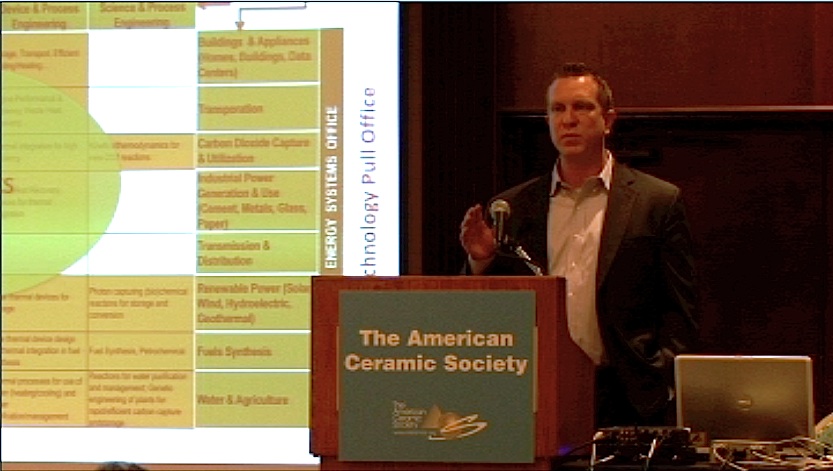
|
Earlier this year, as part of ACerS’s Electronic Materials and Danielson has a good Moreover Danielson’s message is that there are plenty of He says that ARPA-E is already funding many materials-oriented Danielson also talks about specific game-changers in electronic Danielson is also promoting participating in ARPA-E via attending |
